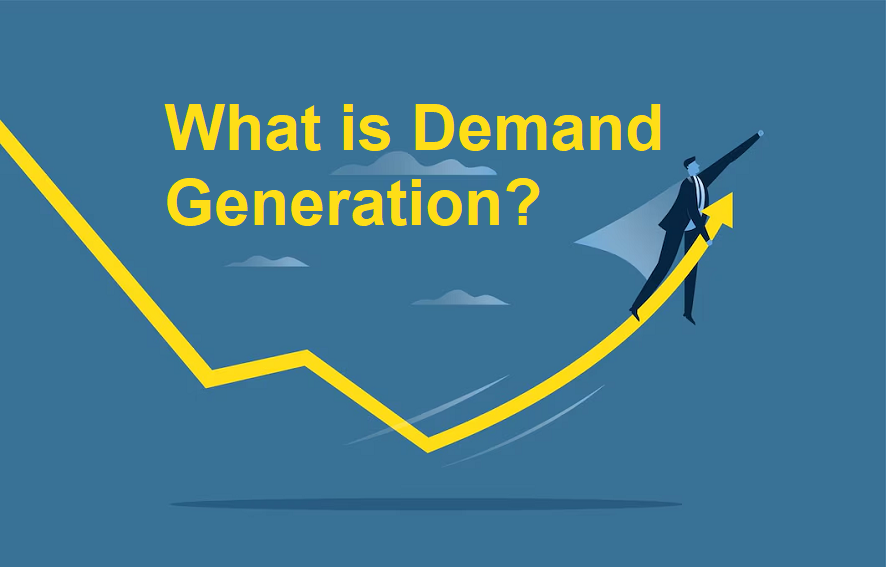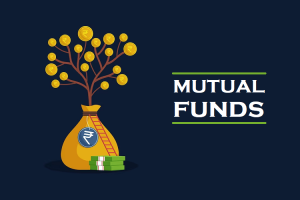For the uninitiated, demand generation maybe a little too confusing. In fact, it’s common for many marketers to get confused between generating demand and generating leads. However, this marketing tactic has experienced a radical shift in recent times. Marketers today have tools and techniques at their disposal that they could only dream of back in past years.
While the terms – demand and lead generation may have been used multiple times by the B2B marketing professionals, they’re not the same thing. In a demand generation-driven marketing environment, your team is assigned with the task of converting interest in your product or services into demand, which is typically measured in opportunities or sales pipeline value.
To gain a solid idea on where the next era in demand generation is coming from, it’s crucial to understand how it has evolved up to now. Part of that involves defining exactly what it is. That can be trickier than it seems because the definition of demand generation has shifted as significantly as the strategies have over the years. Let’s explore how demand generation has evolved and what the future holds.
What is Demand Generation?

Demand generation is all about creating a need for your products or services. This need may not always lead to a closed deal as various issues can prevent it from turning it into a purchase. Still, this demand is an integral part of a B2B marketing program’s ultimate objective of driving up/cross-sell deals.
It helps with the entire marketing and sales cycle, from initial prospect interest and lead generation to lead nurturing and first sale and cross-sell. It is essential for offering the full-funnel education required to ensure loyal, profitable consumer relationships.
For B2B marketers, who are new to the process of demand generation, it often signifies a shift in thinking from generating leads to generating revenue and pipeline opportunities.
While the particular marketing strategies used within a demand generation strategy can differ between organisations, they may include:
- Inbound and website marketing
- Content syndication
- Content marketing
- Social media marketing
- Event marketing
- Lead nurturing via marketing automation
- Lead scoring
- Paid advertising
- Program measurement and optimisation
- Sales/marketing alignment activities, such as sales enablement
Applying demand generation to strengthen B2B marketing efforts
It’s vital to know that a total demand generation mindset is likely to support your B2B marketing endeavours far better than what lead generation alone can offer. Marketers are increasingly suggested to emphasise more on lead quality instead of just quantity, and engage these contacts until they’re sales-ready opportunities.
Today, the success of marketing is hardly judged by the total number of leads generated but rather by lower-funnel metrics such as MQL-to-SQL conversion rates and pipeline value creation.
Furthermore, using wider tactics ideally leads to more intelligent lead generation efforts, owing to a deeper understanding of bottom-funnel performance. With better brand authority and consumer trust, the process may increase the visitor-to-lead conversion rates. Even though lead generation is just one part of this strategy, it’s difficult to dispute that demand fuels lead conversion at many B2B brands.
Demand generation will be more relevant
All members of B2B audiences are also consumers; and as consumers, they expect their product recommendations to be particularly personalised to their needs. They may not make the B2B purchases in the same way as they shop as consumers, but they have the same expectations of the content they come across. The increasing need for relevance puts immense emphasis on demand generation marketing skills.
At the same time, marketers are coming under intense pressure to relate marketing investment to the business objectives in more meaningful ways.
Demand generation and brand marketing’s relationship will evolve further
There are valid and powerful arguments as to why creating brand awareness needs to be measured differently to demand generation strategies. It’s hard to determine exactly how making people aware of your brand will translate into interest, consideration, revenues and loyalty – but that shouldn’t come in the way of investing in that awareness. There’s a huge potential in marketing that we may miss out on when we focus too much on tracking every investment and every touchpoint back to an eventual sale.
Despite this, experts believe that brand marketing will come under increased pressure in the next couple of years. This is why the connection between demand generation and brand marketing will have to evolve. That pressure often comes from the implementation of AI and the role of algorithms in curating content.
The relevance of your content won’t just be essential for engaging an audience, it will increasingly be vital for reaching them in the first place. Being relevant and being able to convey the same relevance to AIs will thus become essential for any successful brand communication. Even brand awareness campaigns will have to start utilising data in the same way the demand marketers do.
There’s an extra dimension to the evolving relationship between brand and demand, though. Both human beings and advanced AI systems will prefer the brand that uses content as a parameter in determining how credible it is.
This will make establishing brand credibility and awareness more important and an essential foundation for demand generation. The connection between the two elements will become more complex, and it will be more significant than ever to get it right.
Can You Do Lead Generation without Demand Generation?
There are a plethora of inbound marketers and B2B marketing teams who are using lead generation tactics without following a demand mindset. Some of these teams have witnessed immense success and may consistently exceed their revenue targets by applying the best practices to optimise their landing pages and A/B test form fields, and create original, high-quality thought leadership content.
However, without the appropriate demand strategies, B2B marketing teams are less likely to offer the full support necessary to ensure those leads convert to real value.
In Conclusion
An efficient marketing strategy will include both lead and demand generation. Through demand, marketers can attract new consumers. The constant shift in the process won’t just change marketing. It will reshape everything connected with driving revenue for businesses.



